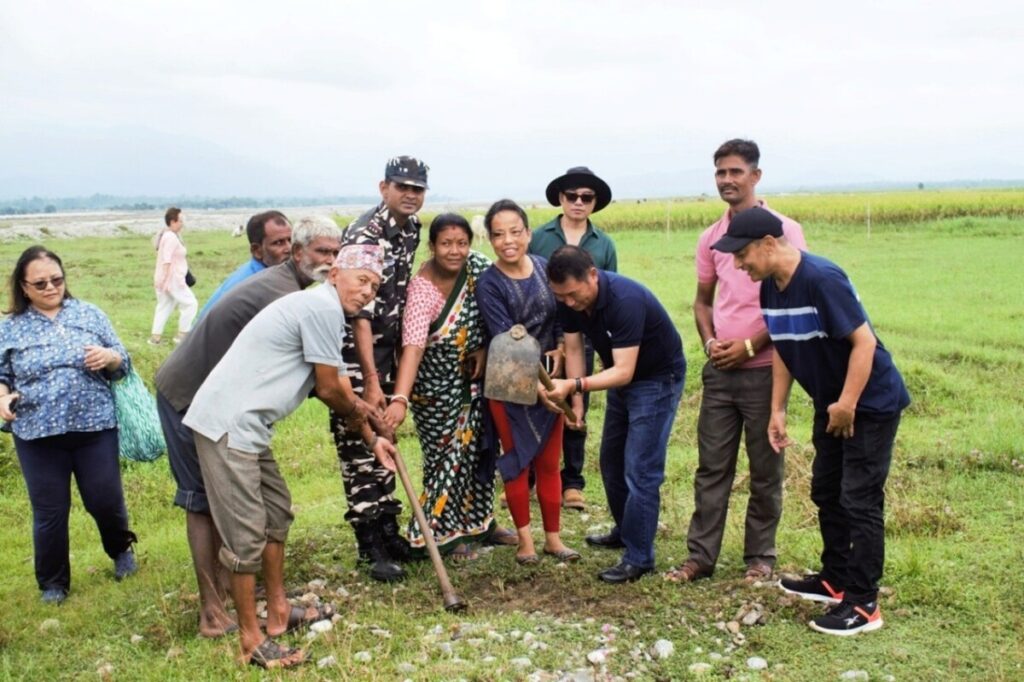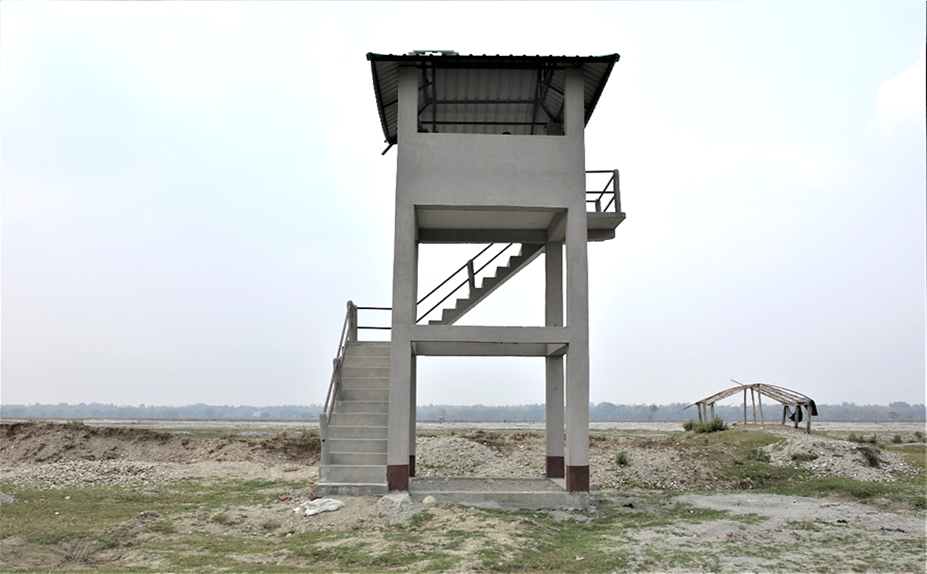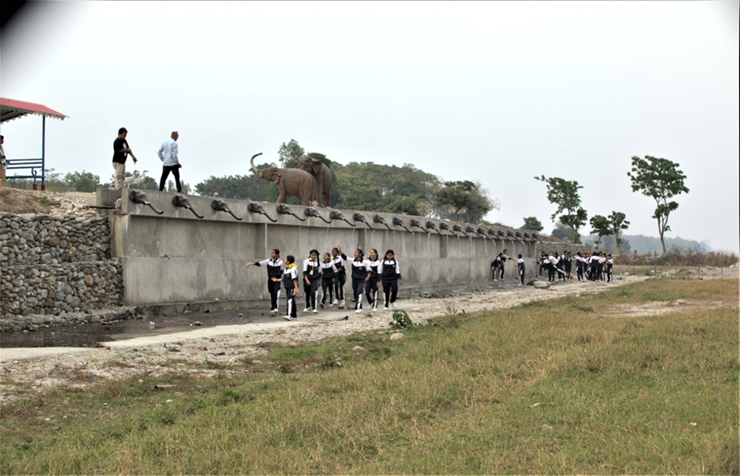This is the second of a three-part blog series called Going Beyond GDP for Bhutan. This part highlights the collaboration between Bhutan’s Department of Forests and Park Services (DoFPS) and ICIMOD to develop guidelines for Natural Capital Accounting (NCA) for Protected Areas (PAs), using Jigme Dorji National Park (JDNP) as a case study. The work is supported by ICIMOD’s Himalayan Resilience Enabling Programme (HI-REAP) funded by the United Kingdom International Development.
Lying on opposite banks of the Mechi River, the Naxalbari block (of West Bengal) in eastern India and the Jhapa district of eastern Nepal are en route to the Mahananda-Kolabari-Mechi transboundary passage for elephants in the eastern Himalayan foothills. Both locations witness regular elephant incursions damaging properties and destroying crop fields. The latter is a matter of grave concern, especially for the smallholder farmers on both sides of the river.
When their paddy and maize crops ripen, the farmers spend nights guarding the crop from elephants. Traditionally, they would build makeshift elevated structures of bamboo or tarpaulin near their crop fields to serve as watchtowers. But these structures can barely withstand the often-turned-lethal human-elephant conflicts, not to mention the exposure to snake and insect bites.
The International Centre for Integrated Mountain Development (ICIMOD) collaborated with the Ashoka Trust for Research in Ecology and the Environment (ATREE) to construct six concrete-built watchtowers in the Naxalbari block to provide safe and durable vantage points to local farmers for guarding their crops. This endeavour took off with ICIMOD Director General, Pema Gyamtsho, officially launching the construction of a new watchtower on 4 October 2024.

The new watchtowers are an architectural novelty to these remote locations that are predominantly reliant on temporary polyethene, wood or bamboo structures to serve the purpose of (crop) surveillance. The new towers, in contrast, can provide additional facilities such as solar-powered LED lights, and emergency shelters (with kitchens and safe storage spaces) to the villagers during elephant raids, besides being sturdy and better-elevated observation towers vis-à-vis the temporary structures. Voluntary involvement of the villagers -be it in guarding the construction sites from vandalism or in helping to cure concrete structures for durability - during the construction of the new watchtowers spoke volumes of how strongly they felt the need for such facilities that can potentially provide more safety and security for lives, livelihoods and property.

In fact, local communities had strongly expressed the need for tenable solutions to manage the risks of human-elephant conflicts at the various consultation sessions co-organised by ICIMOD and ATREE for piloting strategies for human-elephant coexistence. In tandem, ICIMOD partnered with local authorities on both India and Nepal sides in initiatives to nudge changes in community attitudes and behaviour toward managing elephant incursions.
In the Naxalbari block, for instance, the local authorities complemented ICIMOD’s initiatives by installing solar irrigation pumps to encourage farmers into growing alternative crops less attractive to elephants, and by placing solar streetlights in the vulnerable settlements to reduce accidental human-elephant encounters. Three solar irrigation pump sets and 40 solar streetlights were installed with funding support from the Department of Water Resources Investigation and Development (DWRID), Government of West Bengal and the Naxalbari Block Development Office, respectively.
The local government also allocated funds for setting up market stalls where farmers can sell the alternative crops and launched habitat restoration projects. These efforts have encouraged many farmers to resume farming that they had stopped in apprehension of elephant raids.

Just across the Mechi river, farmers in Bahundangi village of the Jhapa district of Nepal can also harvest their crops without fearing heavy economic losses due to elephant encounters, now. Thanks to the seasonal fences installed with ICIMOD’s support. Simultaneously, ICIMOD has succeeded in fostering widespread awareness about human-elephant ‘co-existence’ through a range of initiatives starting from the inclusion of lessons on coexistence in school curriculum to supporting the Rapid Response Teams (RRTs) for managing human-elephant encounters so that the villagers can do away with hostile practices like using firecrackers to scare off elephants.

There is a positive perceptual change among the local communities – elephants are now treated as animals displaced by shrinking habitats and dwindling food sources, rather than as ‘incursors to be thwarted’. From a hotspot of human-elephant conflicts, Bahundangi is now Mechinagar municipality’s ‘model village’ of human-elephant coexistence.
With best practice cases like Naxalbari and Bahundangi on hand, ICIMOD is pursuing a holistic approach that pools together a combination of proactive initiatives such as, the construction of durable, multi-functional watchtowers, encouraging farmers in adopting crops less appealing to elephants, capacity building for human-wildlife sensitisation, advocacy and monitoring, leveraging government support, and nudging changes in community attitudes towards managing human-elephant encounters. These complementary actions are shaping up an ethos of human-wildlife coexistence along the Mechi River corridor of the eastern Himalayan foothills.




